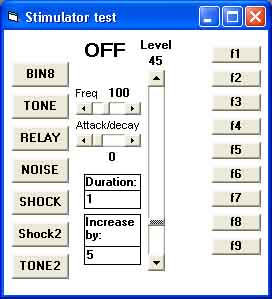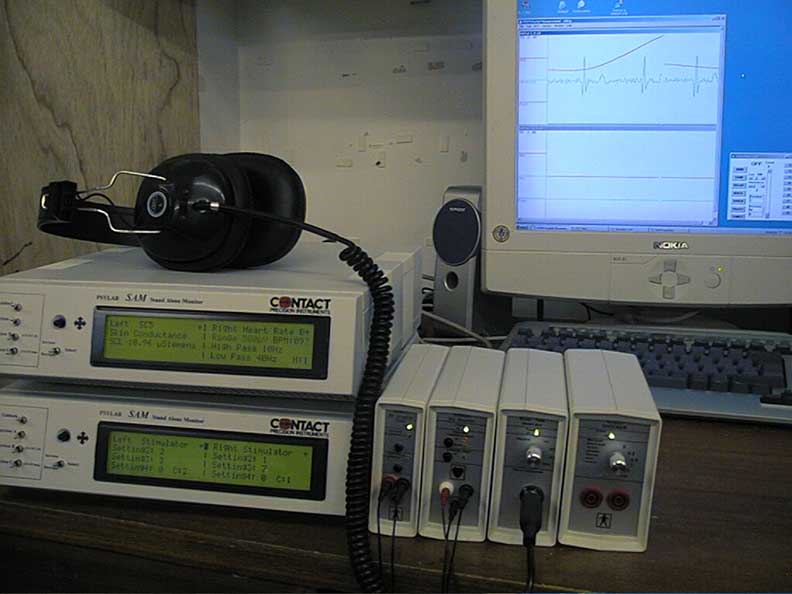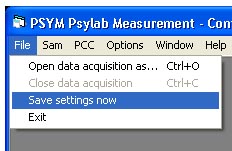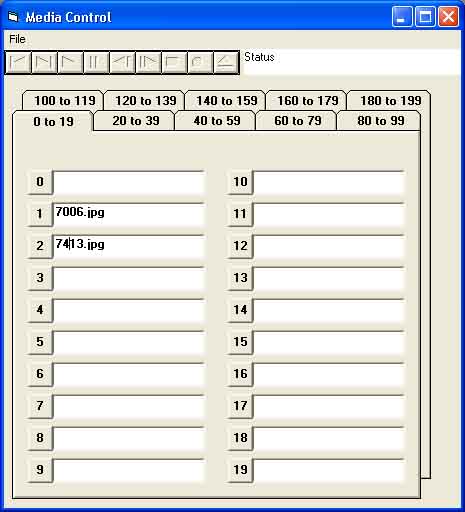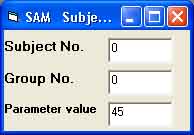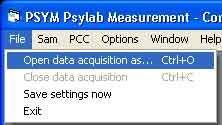Classic conditioning experiment with aversive UCS.
The following measurement program was developed to implement a classic conditioning paradigm. Measures taken are Skin Conductance and Heart Rate, derived from EKG.
Description
There are three phases, habituation, acquisition and extinction. During habituation, the subject is shown two pictures, CS+ and CS- stimuli. Each picture is presented for 4 seconds, 3 times, with pseudo randomisation of the CS+ and CS- mix and pseudo randomisation of Inter Stimulus Interval (ISI) (mean = 20 seconds, variation = +/- 5 seconds).
During the acquisition phase the same CS+ and CS- stimuli are presented with similar randomisation of ISI and stimulus distribution. However, each stimulus type is presented 8 times, and the CS+ stimulus is always combined with an electric shock (UCS). The level of the shock to be used was established during an earlier ‘shock workup’ when the shocks of increasing level were presented until the subject said reached tolerance level.
